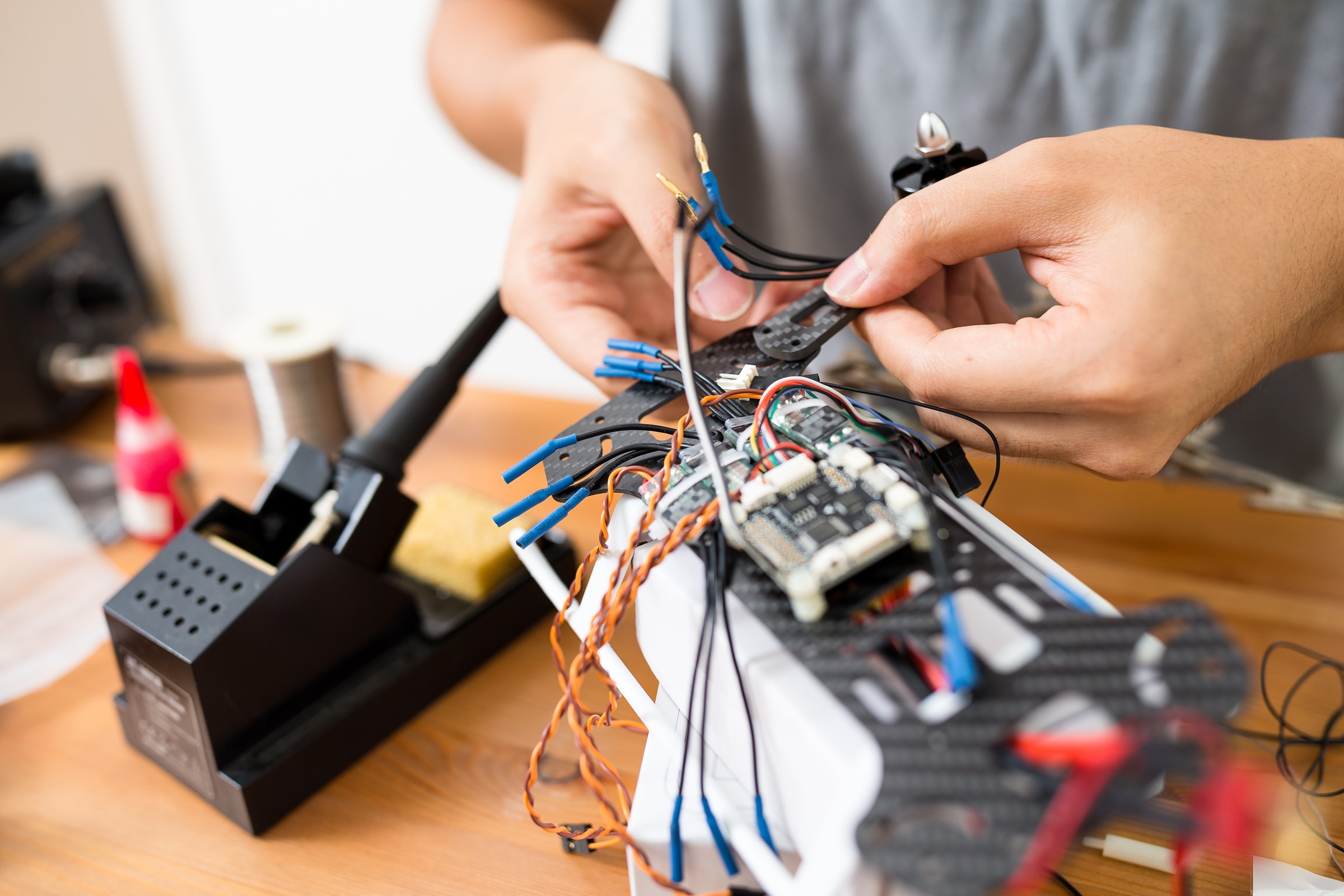How Can UK Agricultural Suppliers Use Drone Technology for Inventory Management?

In this ever-evolving world of technology, UK agricultural suppliers are continually exploring ways to improve their operations, reduce costs, and increase efficiency. One particular technological advancement that has been making waves in the agricultural sector is drone technology. Drone technology is no longer just a fancy gadget for tech enthusiasts. It has found critical applications across various sectors of the economy, agriculture being one of them.
In this article, we will explore how UK agricultural suppliers can leverage this technology for inventory management. This concept may sound futuristic to some, but it is already a reality for many businesses in the UK. Join us as we dive into this innovative world of drone technology and its applications in inventory management within the agricultural sector.
Avez-vous vu cela : What Are the Best Digital Tools for Enhancing UK Agricultural Productivity?
Understanding the Importance of Inventory Management in Agriculture
Before we dive into how drone technology can be utilized for inventory management, let’s first understand why inventory management is a crucial component in the agricultural sector.
Inventory management is the process of keeping track of all the goods and materials that are stored and used within a business. In the realm of agriculture, this can involve anything from seeds and fertilizers to farm equipment and livestock. Effective inventory management can prevent loss from spoilage, theft, or damage. It also ensures that there is always enough stock available to meet demand, thereby avoiding any unwanted shortages.
A lire également : What Tax Incentives Support UK Startups in the Renewable Energy Sector?
In the past, managing inventory in agriculture was a labor-intensive process. It required manual counting, recording, and continuous monitoring, which was prone to human error. However, the advent of technology has revolutionized this process, making it more streamlined and accurate.
The Advent of Drone Technology in Agriculture
Drone technology, also known as unmanned aerial vehicles (UAVs), has been a game-changer for many industries. The agricultural sector, in particular, has embraced this technology due to its numerous benefits.
Drones are remote-controlled aircraft that can carry cameras and other equipment to capture data from above. They can fly over large areas quickly, gathering information that would otherwise take humans days or even weeks to collect. Drones can give farmers a bird’s eye view of their fields, enabling them to monitor crop health, assess the need for irrigation, and even spot pests or diseases early.
But how does this technology benefit inventory management in agriculture? That’s what we’ll explore in the next sections.
Drones and Inventory Management: A Perfect Synergy
The ability of drones to collect data quickly and accurately makes them an ideal tool for inventory management in agriculture. With the right software, drones can be used to count and monitor stock levels, track the movement of livestock, and even measure the volume of stored materials like grain or hay.
For example, a drone can be programmed to fly over a field and use its camera to count the number of livestock or bales of hay. This data can then be fed into an inventory management system, which automatically updates the inventory levels. This automated process reduces the risk of human error and saves a significant amount of time.
Furthermore, drones can be equipped with advanced sensors that can measure the height, width, and depth of a pile of materials, such as grain stored in a silo. By analyzing this data, the system can calculate the volume of the materials and update the inventory levels accordingly.
Implementing Drone Technology for Inventory Management: A Step-by-Step Guide
Implementing drone technology for inventory management is not a complicated process but requires careful planning and execution. Here is a step-by-step guide to help you get started.
First, identify the areas where drone technology can aid in inventory management. This could be counting livestock, measuring stored materials, or tracking the movement of goods.
Next, invest in a suitable drone model that meets your specific needs. Do thorough research on various models and choose one that has a good camera resolution and advanced sensors.
The third step involves investing in a reliable inventory management software that can integrate the data from the drones. This software should have the capacity to analyze the data collected by the drones and update the inventory levels accordingly.
Lastly, train your staff on how to operate the drones and use the inventory management system. This might require some investment in time and resources, but it’s an essential part of the implementation process.
By following these steps, UK agricultural suppliers can harness the power of drone technology for inventory management, thereby improving their operational efficiency and reducing costs. Despite the initial investment in equipment and training, the benefits of drone technology in inventory management far outweigh the costs.
Remember, the future of agriculture lies in technology, and drone technology is leading the way. Be part of this revolution by integrating drone technology into your inventory management processes.
The Impact of Drone Technology on Inventory Management
There’s no denying that the introduction of drone technology in the agricultural sector has significantly enhanced inventory management processes. Drones have helped farmers and agricultural suppliers to transition from antiquated manual inventory systems to a more efficient, automated, and accurate system of inventory management.
They have enabled real-time tracking and counting of livestock, reducing the time spent on manual counting and eliminating errors. Drones also provide farmers with the ability to precisely measure the volume of materials like grains in a storage facility, eliminating the need for guesswork. All this data can be fed into an automated inventory management system, ensuring the accuracy of inventory records.
Moreover, drones equipped with infrared sensors can also monitor the health and well-being of livestock. They can detect changes in body temperature, indicating potential health issues. This allows for early intervention, reducing the risk of disease spread and livestock loss, thus ensuring optimal inventory levels.
Additionally, drones can enable precise inventory management of crops. Using multispectral analysis, drones can map field areas and identify crop types and their growth stages. This assists farmers in forecasting yields and managing their inventory effectively.
Drone technology has, therefore, not only simplified the process of inventory management but also made it more efficient and accurate. It has helped farmers to make informed decisions and manage their resources better, ultimately leading to increased productivity and reduced costs.
Conclusion: The Future of Inventory Management Lies in Drone Technology
In conclusion, the use of drone technology in inventory management within the UK agricultural sector holds immense potential. It allows for better planning, manages resources more effectively, and ultimately increases productivity and profits. By providing real-time, accurate data, drones help in reducing errors associated with manual stock taking, thereby improving operational efficiency.
Implementing drone technology may require an initial investment in terms of purchasing the right equipment and training staff, but the long-term benefits undoubtedly outweigh these costs. The automation of inventory management processes leads to time savings, reduced labour costs, and improved accuracy in stock records.
Moreover, with the continuous advancements in technology, the capabilities of drones are likely to expand further. This could lead to even more sophisticated inventory management solutions in the future, such as early disease detection in crops and livestock, enhanced crop yield predictions, and real-time inventory tracking and updating.
So, UK agricultural suppliers who are yet to explore drone technology for inventory management should seriously consider doing so. It’s clear that this technology is not just a temporary trend but a game-changer that’s here to stay. Embracing it now will not only give businesses a competitive edge but also prepare them for the future of agriculture. After all, the future of agriculture lies in technology, and drone technology is leading the way.
